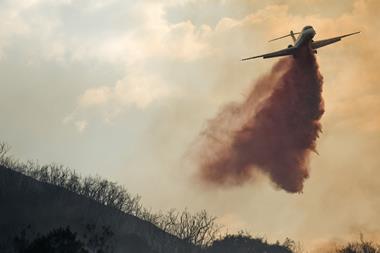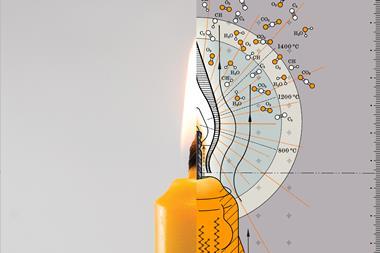There were record-high carbon dioxide emissions from boreal forest fires in Northern Canada and Siberia in 2021 continuing a trend that has been going on since at least 2000, according to new international research presented at the annual meeting of the American Association for the Advancement of Science (AAAS) in Washington DC. While boreal fires usually account for 10% of global fires’ carbon dioxide emissions, they contributed 23% in 2021, the study authors reported. Figures for 2022 and beyond are not yet available.
‘Boreal forests could be a time bomb of carbon, and the recent increases in wildfire emissions we see make me worry the clock is ticking,’ said study co-author Steven Davis, an earth science professor at University of California, Irvine.
Extreme wildfires, which contribute to global warming through their carbon dioxide emissions, are the subject of significantly more public attention than fires in boreal forests, which release 10 to 20 times more carbon per unit of area burned than other ecosystems.
Because carbon dioxide can remain in the atmosphere for hundreds of years, the background concentrations can drown out those emissions from small fires and evade detection by scientists.
To better monitor fire emissions in boreal regions in particular, the study’s lead author Bo Zheng, an atmospheric chemist from Tsinghua University in China, and colleagues decided to track carbon dioxide emissions from fires indirectly by monitoring carbon monoxide, which has a much shorter lifetime in the atmosphere.
The team used satellite data from Nasa to estimate global weekly fire carbon monoxide and carbon dioxide emissions in boreal regions through an ‘atmospheric inversion system’ approach. This model revealed that summer fires in boreal forests have been expanding for two decades, and in 2021 these releases peaked, alongside concurrent severe heatwaves and droughts.
The researchers say their data reveals a connection between these extensive boreal fires and climate factors, especially temperature increases or heatwaves, and they warn that boreal ecosystems are poised to become perhaps the dominant source of intensive fires and carbon emissions from fires in the future.
‘Another way of putting these emissions from 2021 into context is that it is roughly double the emissions in that year from aviation,’ Davis said during a AAAS press briefing. ‘The fires and the emissions are really two decades’ worth of warming and increasingly extreme conditions coming to roost.’
There’s not that much evidence that this record will stand for long, he noted. ‘What is really worrisome is if this ecosystem stops being such an effective carbon sink and becomes a larger source of CO2, because that makes our job of stabilising the climate that much harder.’
Davis recommends ‘very close’ monitoring of the conditions in these boreal regions, so that scientists can track how quickly the problem is growing and possibly intervene. He notes that some studies, for example, have suggested that it might be cost-effective to send firefighters to extinguish fires in these areas when they break out, instead of just letting them burn as is common practice in unpopulated areas.
‘It’s also really important to see what happens with these areas after they recover,’ Davis continues. ‘If the carbon is not being recovered by an ecosystem that’s regrowing, that is a bigger problem than if we see drastic uptake of carbon in the recovery period.’

















1 Reader's comment